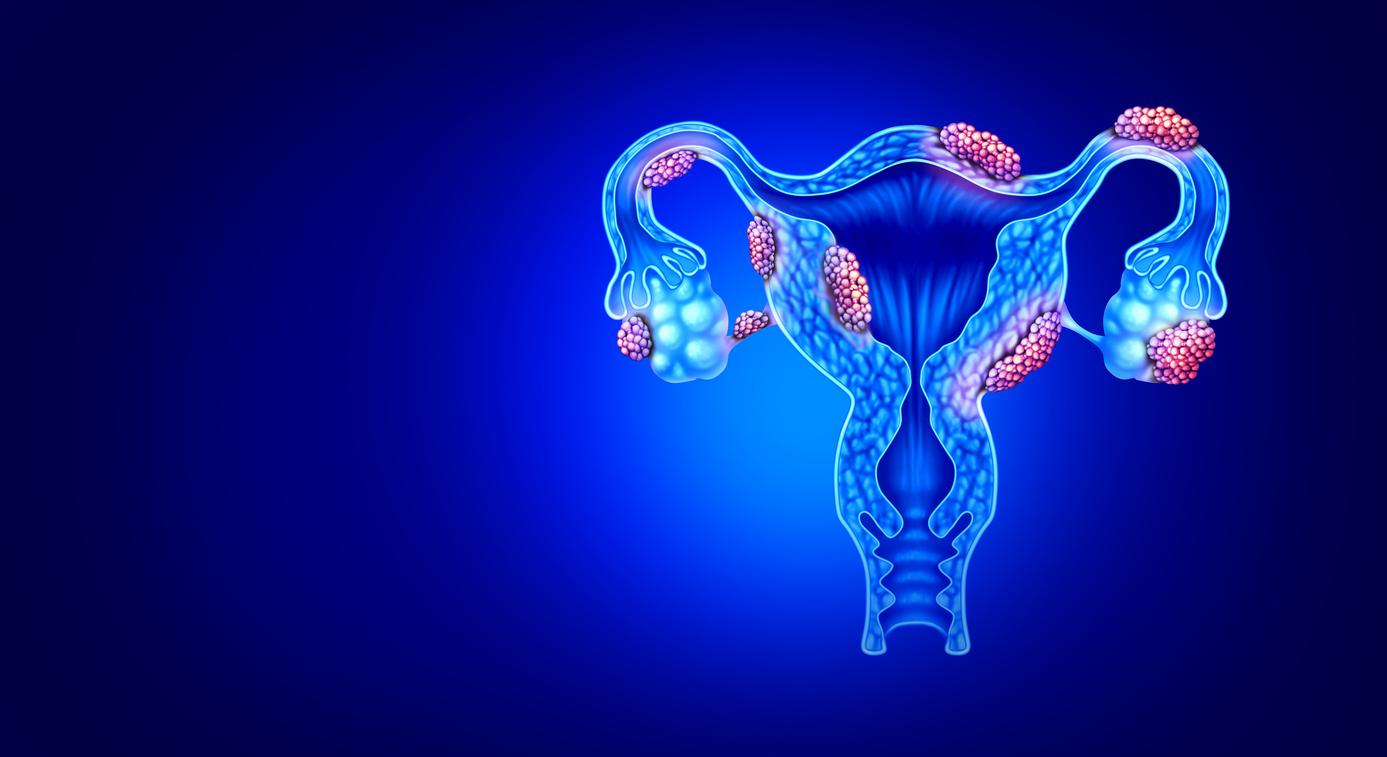
Upper back pain is a common complaint that is often accompanied by stiffness and pain in other areas of the back, neck, or chest. It can ‘shoot in’ because you are silent, but high back pain can also have other causes.
The back is a complex structure, consisting of vertebrae, intervertebral discs, muscles and ligaments. A healthy back has a good balance between mobility and stability.
The intervertebral discs are located between the vertebrae in the back. These are a kind of shock absorber that ensures that the back can move slightly with the rest of the body. Many back pains are caused by overload of these intervertebral discs. The upper back is the part of the back where the vertebrae connect to the ribs. If something is not right here, it can lead to various complaints, as mentioned.
Unilateral movements
Upper back pain generally develops gradually. It is often the result of a wrong (working) posture or one-sided use of the arms. Think, for example, of repeated movements by working a lot above the head, but also the one-sided movement during, for example, ironing. This causes tension in the upper back, which irritates nerves, resulting in pain.
A sudden movement can also cause upper back complaints, for example if you lift yourself or make a wrong movement. Finally, even problems with organs – upset stomach for example – associated with high back problems.
Pain between shoulder blades
Upper back complaints often manifest themselves in pain between the shoulder blades. But pain in the chest or radiating pain in the arms can also be the result of a problem in the upper back. This often causes some concern, because the same symptoms are mentioned in the same breath with heart problems. But this does not always have to be the case.
Therapy
When you know that a sudden movement is the cause of the complaints, a painkiller can offer the solution. In case of longer-lasting complaints, it is wise to call in a specialist. An Cesar therapist can, for example, help with postural problems. A chiropractor applies pressure techniques to the spine to clear blockages and disturbances, allowing nerves and muscles to do their job again. Multiple treatments are often required to regain flexibility and prevent recurrence.
MRI scan
In case of persistent complaints, a MRI scan advised to get a clear picture of the upper back. This gives the doctor a good starting point for a treatment plan.
Exercise
In the long term, sports such as swimming, cycling and to walk good ways to keep and strengthen muscles and prevent back problems.















